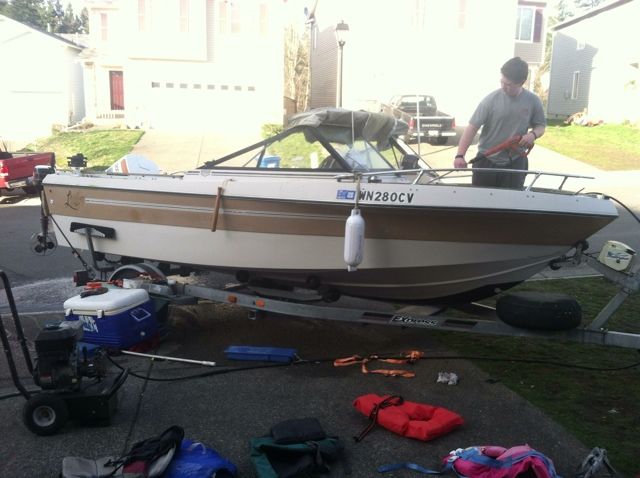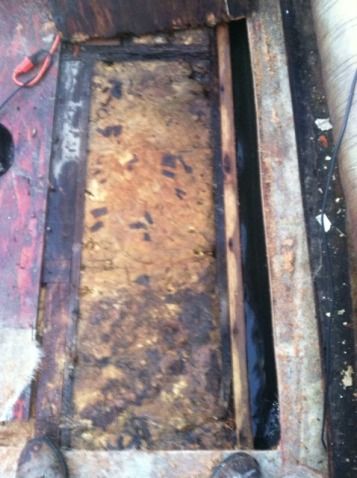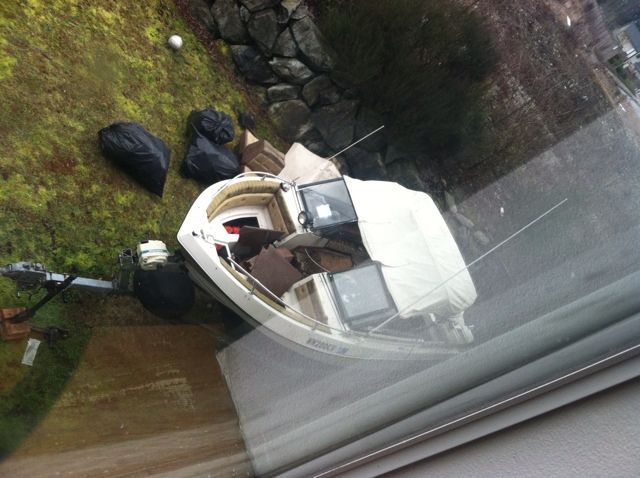KCKracker
Petty Officer 1st Class
- Joined
- Jul 28, 2008
- Messages
- 281
tryingt o plan my attack.
i have a 1978 rally cruizer, seems rare? cannot find a pic of another! i have 4 stringers front to back that are 1x8 with very thin glass on the sides, and they are not one piece. they seems to be interjected by a few cross braces (?) side to side that are foam filled. i got all my foam out and found alot of stringer seems soft so i was going to cut all that out this week.
the confusing part is i have a helm / dash partition and open bow thats all 1 different shell, so getting under that looks like it may not be possible?
anyways. trying to figure out how this ought to be done, and the cheapest and easiest way to bed my stringers. adhesive? glass? im not very good at glass work and adhesive bed looks faster and easier??
BUT i saw someone say that stringers are not supposed to touch the hull, and so?? arent they all attached to the hull?
here are some not so great pics to show.



this pic shows 4" deep water on the side channels!

from the helm to the bow is a upper shell, ??
i have a 1978 rally cruizer, seems rare? cannot find a pic of another! i have 4 stringers front to back that are 1x8 with very thin glass on the sides, and they are not one piece. they seems to be interjected by a few cross braces (?) side to side that are foam filled. i got all my foam out and found alot of stringer seems soft so i was going to cut all that out this week.
the confusing part is i have a helm / dash partition and open bow thats all 1 different shell, so getting under that looks like it may not be possible?
anyways. trying to figure out how this ought to be done, and the cheapest and easiest way to bed my stringers. adhesive? glass? im not very good at glass work and adhesive bed looks faster and easier??
BUT i saw someone say that stringers are not supposed to touch the hull, and so?? arent they all attached to the hull?
here are some not so great pics to show.



this pic shows 4" deep water on the side channels!

from the helm to the bow is a upper shell, ??




















